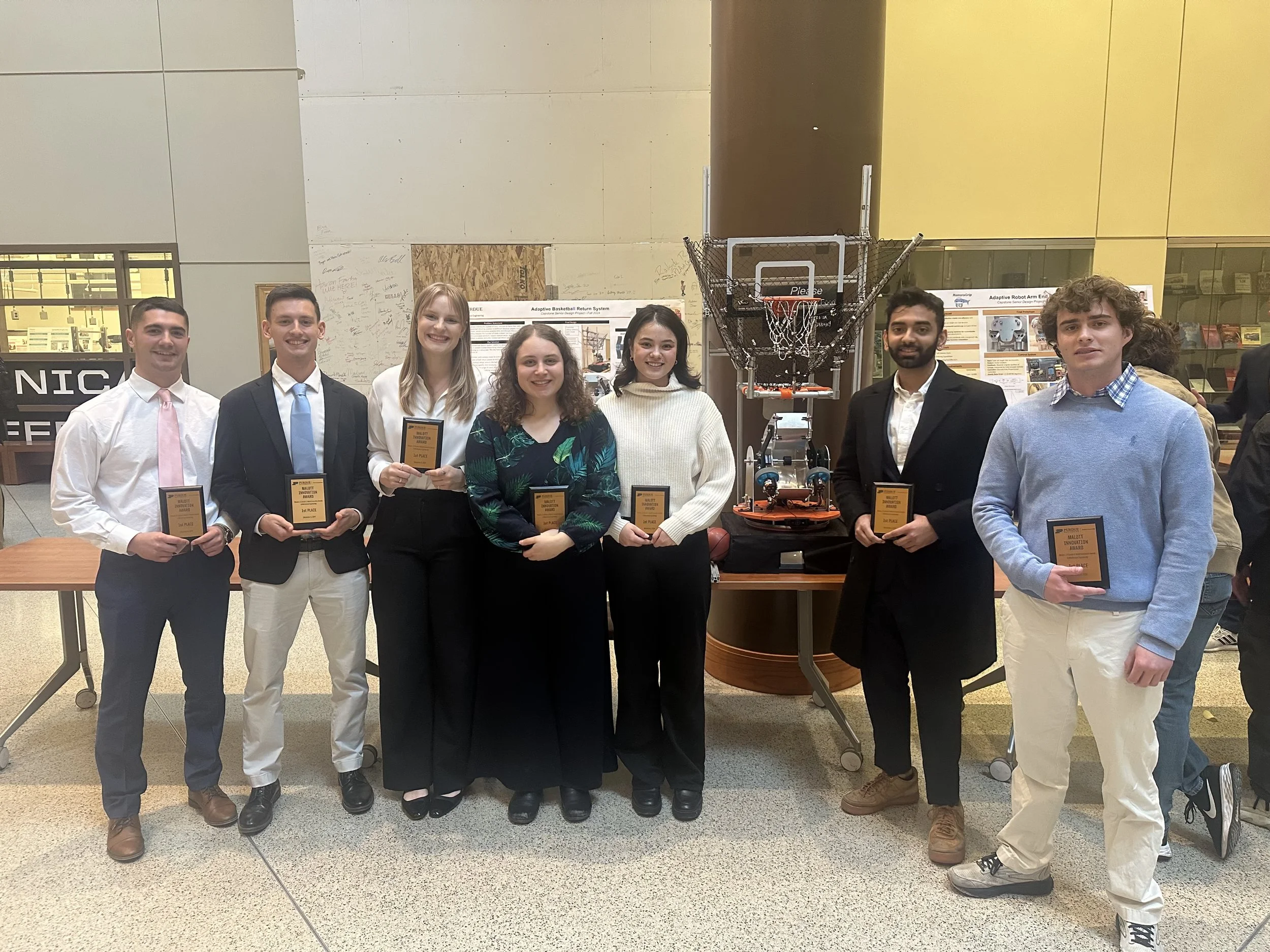“Portable high-resolution automated 3D imaging for footwear and tire impression capture,” Journal of Forensic Sciences (2021)
/Y.-H. Liao, J.-S.-Hyun, M. Feller, T. Bell, I. Bortins, J. Wolfe, D. Baldwin, and S. Zhang, “Portable high-resolution automated 3D imaging for footwear and tire impression capture,” Journal of Forensic Sciences 66(1), 112-128 (2021) doi: 10.1111/1556-4029.14594
Abstract
This paper presents a high-resolution 3D imaging technology that we developed specifically for footwear and tire impression capture. We developed fully automated software algorithms and graphical user interface (GUI) that allow anyone without training being able to operate this system for high-quality 3D data capture. Comparing with the high-end commercially available 3D scanner, our technology achieves a similar level accuracy and resolution, our system has the merits of 1) being more affordable (a fraction cost of the commercial system); 2) being much easier to operate; and 3) being more robust. Comparing with the current practice of casting, our technology demonstrates its superiority because 1) it is non-destructive, 2) it collects more evidence than casts especially when an impression is fragile (e.g. in dry fine sand), and 3) it costs less time and money to collect each evidence. This paper describes the principle of the proposed technology, compares its performance with a commercially available 3D scanner, and presents our research findings on capturing various impressions with conventional practices and our technology.



